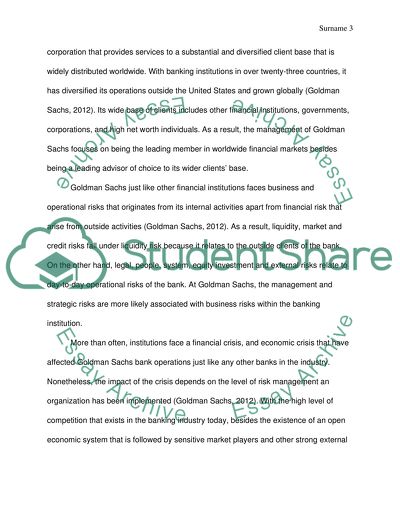Cite this document
(“Financial Innovation & Risk Management of Goldman Sachs Essay”, n.d.)
Retrieved from https://studentshare.org/finance-accounting/1395528-financial-innovation-risk-management-of-goldman-sachs
Retrieved from https://studentshare.org/finance-accounting/1395528-financial-innovation-risk-management-of-goldman-sachs
(Financial Innovation & Risk Management of Goldman Sachs Essay)
https://studentshare.org/finance-accounting/1395528-financial-innovation-risk-management-of-goldman-sachs.
https://studentshare.org/finance-accounting/1395528-financial-innovation-risk-management-of-goldman-sachs.
“Financial Innovation & Risk Management of Goldman Sachs Essay”, n.d. https://studentshare.org/finance-accounting/1395528-financial-innovation-risk-management-of-goldman-sachs.


